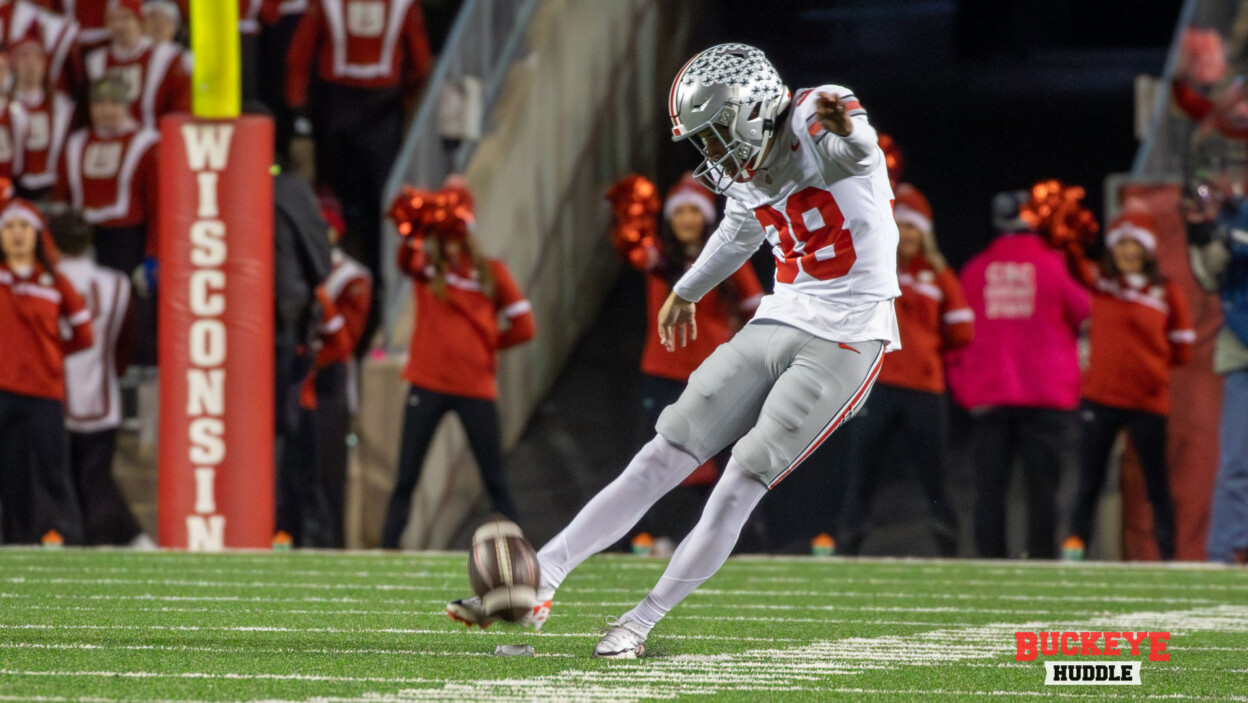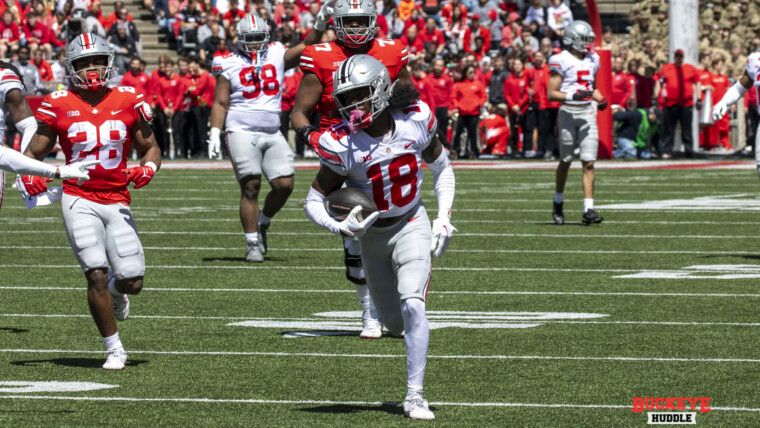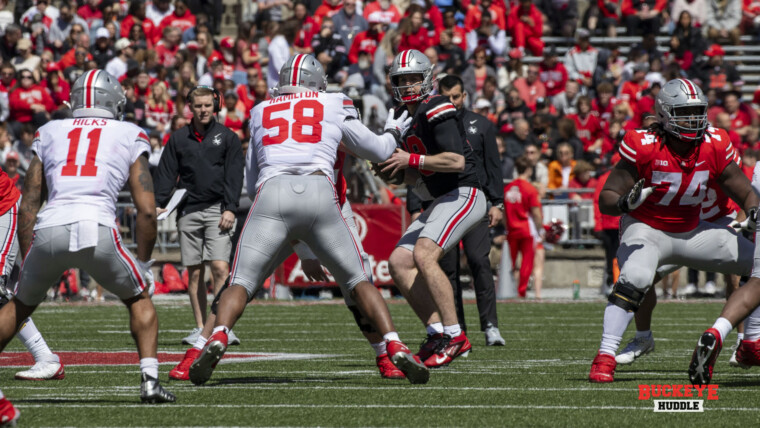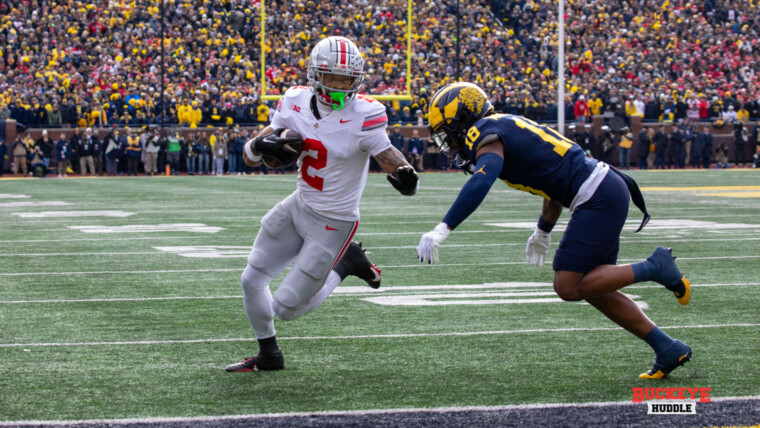On Tuesday, the NFL announced one of its most dramatic rule changes in years. It will completely revamp how kickoffs are done, and is essentially the adoption of the rule that the XFL had recently been playing under.
The NFL’s Competition Committee passed a one-year rule that will see all kickoffs start from the 35-yard line as normal, but the coverage team will now line up on the opponent’s 40-yard line. The receiving team will then line up 5-10 yards away from the coverage team between their own 35- and 30-yard lines.
Aside from the kicker and the returners, neither team can move until the ball hits the ground or is touched by the returner.
The kickoff must reach at least the 20-yard line or else it will be penalized as if it was kicked out of bounds. The ball would then be given to the receiving team at their own 40-yard line.
Kickoffs must reach a “landing zone” that stretches from the 20-yard line to the goal line. Any kick that hits in the landing zone must be returned. A kick that lands in the end zone can be returned or downed for a touchback that would put the ball at the 30-yard line.
This rule has been enacted for two main reasons. The first being that kickoffs produce more injuries than any other play in the game. The second being that last season saw a historically low number of kickoff returns. Kicks are generally sent through the end zone now, essentially eliminating the kickoff return. This new rule will bring the return back, but it will look much different than it ever has.
Here is what it has looked like in the XFL.
So When Is This Rule Coming To College Football?
The NFL and college football obviously have their similarities, but fans of both sports also love their differences.
Still, the kickoff is also the most dangerous play in college football, so a change that promotes safety and more action wouldn’t necessarily be frowned upon. But the college game has also taken a number of steps to make kickoffs safer over the years.
Buckeye Huddle spoke with Big Ten coordinator of officials Bill Carollo on Thursday to discuss the NFL’s rule and the possibility of it coming to the college game. Carollo is heavily involved in the rule changes and adjustments that are made every year in college football. One of the areas they have been most involved with over the last half-decade or so has been kickoffs.
“If you take a look what we’ve done in college, we got rid of double-team blocks. We got rid of blindside blocks. We got rid of wedge blocking,” Carollo said. “First we said you couldn’t even form a three-man wedge. Then we said you couldn’t form a two-man wedge. Then we said you couldn’t block below the waist. If you gave a fair catch, we’re gonna give it to you at the 25-yard line. We made about half a dozen rule changes just on the kickoffs, and kick off was our most dangerous play, just like the NFL, but we we addressed it pretty quick.”
Carollo and the NCAA Football Rules Committee have been aware of this kind of kickoff well before the NFL adopted it. They haven’t gotten all that deep into discussions about it, however.
“We haven’t had a whole lot of talk or discussion on doing exactly that,” he said. “It certainly was discussed, because like I said earlier, the kickoff for the kickers and for the receivers is a dangerous play.”
One of the main reasons why the college football rules committee hasn’t seen a need for it is because there are still returns in almost every college football game.
Since the fair catch rules were changed prior to the 2018 season, however, the number of returns are down by a significant amount. In 2017, there were 4,748 kickoff returns in the FBS, along with 61 touchdown returns. Last season, there were 3,260 returns and 42 return touchdowns in the FBS. The year before there were just 30 kickoff return touchdowns.
Jacksonville State, for example, returned just two kickoffs in 2023. Choosing instead to utilize the free 25 yards on a fair catch. Illinois returned just three kickoffs in 2021. In 2017 — the year before the fair catch rule was changed — only one team returned fewer than 20 kickoffs.
Returns are definitely down but the opportunity for returns remains the same, which is a significant difference from the NFL where so many kickoffs simply sail through the end zone.
As Carollo says of the college kickoff, “it’s not a throwaway play” like it became in the NFL, and the safety concerns have continued to be addressed.
“We’ve made it safer,” Carollo said, “So I don’t think at this point the college game is ready for what the NFL is doing.”
The powers that be in college football aren’t ready yet, but the NFL is providing them an opportunity to “socialize” a pretty sizable change in the game. Fans will see how it looks in the NFL, which will make it much easier to envision — and accept — in the college game.
And the fans won’t be the only ones paying attention.
“We’ll watch it really closely. Absolutely,” Carollo said. “We’ll look at their numbers as far as injuries and returns.”
The safety of the players will always be the first consideration, but football is still a collision sport. If the NFL’s new rule can reduce injuries even more, it will be something that the college game has to examine even deeper.
But with fewer and fewer returns happening in football, injuries are naturally going to be reduced. The NFL’s rule may allow for both safety and returns, which would be a win for everybody.
The NFL is providing a dry run for college football this year. If all goes well for the NFL, what are the chances we see the same rule in college football in 2025?
“Well, the way the temperature in the room is now, I would say I would be surprised if we made that change,” Carollo said. “But if the data that the NFL provides after this one year, as far as returns and injuries — and injuries would be the leading reason — if they see significant improvement for the game, then I’d say we’re gonna do it. We would do it. But we just haven’t seen it.”








10 comments
Denzel Burke Seeing More And More To Like From Will Howard
Sherrone Moore On Playing Ohio State Multiple Times This Year: ‘Love It. Yes. Let’s Do It’
Ryan Day’s Message For The Michigan Game This Year? ‘Leave No Doubt’
Closer Look: James Peoples Ready For Significant Role This Year?
Big Ten Bluebloods Being Challenged By Oregon
Ryan Day Expecting A Number Of True Freshmen Buckeyes To Play This Year
Sherrone Moore On Playing Ohio State Multiple Times This Year: ‘Love It. Yes. Let’s Do It’
Archie Griffin To Dot The i In Buckeyes’ Season Opener